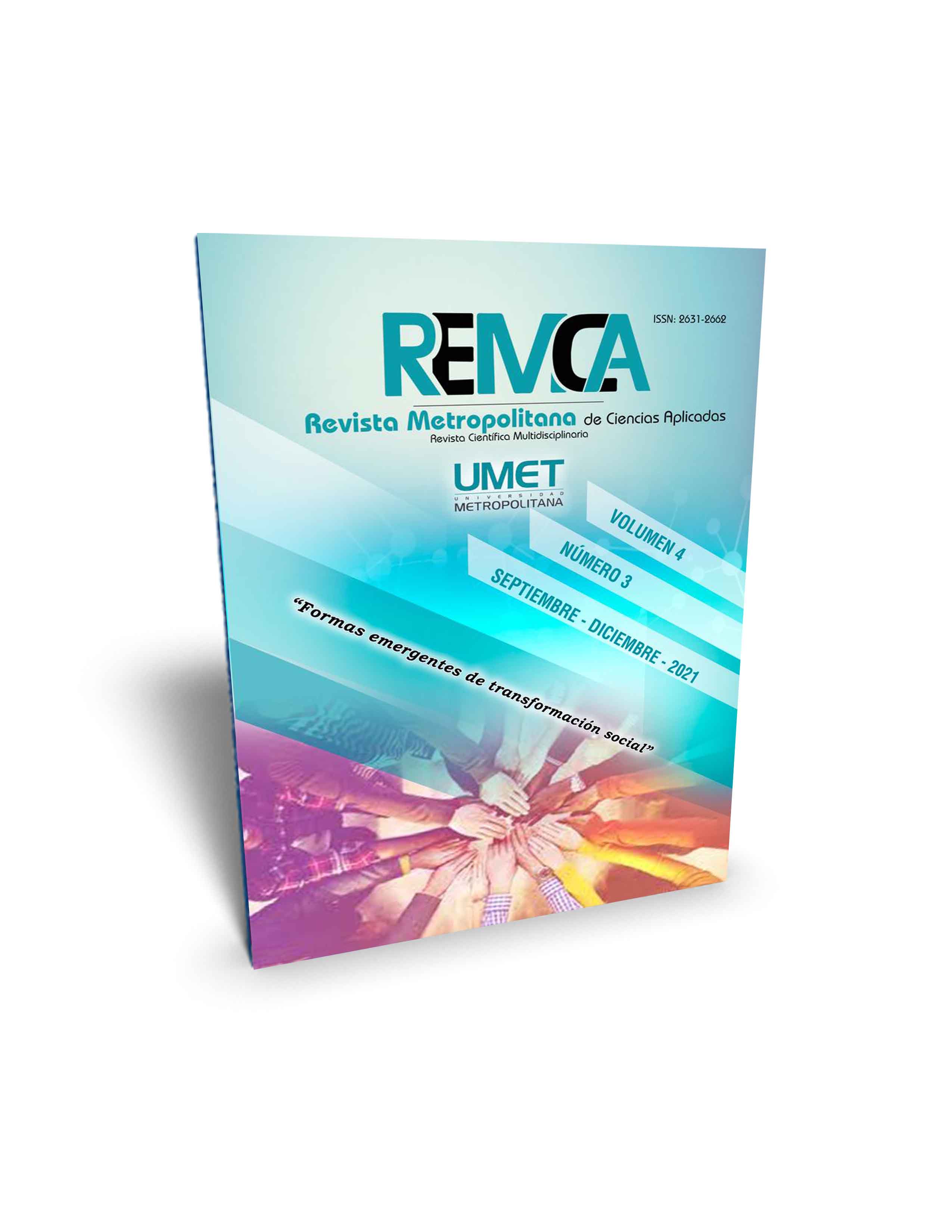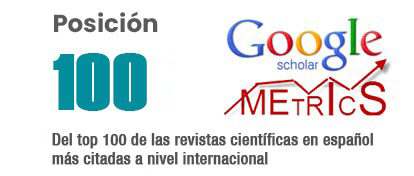Painting as an artistic expression activity for teaching work in children with ADHD in initial education
DOI:
https://doi.org/10.62452/fabbsc70Keywords:
ADHD, attention, motivation, painting, creativity, initial educationAbstract
Attention deficit and hyperactivity disorder (ADHD) is one of the disorders that children present with great frequency in Early Childhood Education. This negatively influences the care process of these infants. Teachers of Initial Education are not always prepared to give adequate psycho-pedagogical treatment to these children during the teaching-learning process. It is important to know the manifestations of this entity to be able to give the appropriate pedagogical response and to ensure that infants maintain their attention towards teaching activities. On the other hand, painting is considered as a manifestation of artistic expression in Initial Education, which constitutes an important area of learning, therefore, it is known as one of the activities that contributes, due to its characteristics, to achieving the attention and motivation of children with ADHD during the learning process corresponding to their level. The objective of this work is to offer a series of teaching activities based on painting, for this study population between 3 to 4 years old, in order for them to maintain their attention and motivation from the creative process they carry out as result of the activity of painting.
Downloads
References
Aguirre, M. (2015). De conceptos. https://deconceptos.com/ciencias-sociales/ludico
Ecuador. Ministerio de Educación. (2014). Currículo de Educación Inicial. https://educacion.gob.ec/wp-content/uploads/downloads/2014/06/curriculo-educacion-inicial-lowres.pdf
Gómez, E., Ostrosky, F., & Próspero, O. (2003). Desarrollo de la atención, la memoria y los procesos inhibitorios: relación temporal con la maduración de la estructura y función cerebral. Revista de Neurología, 37(6), 561-567.
Hidaldo, M., & Sánchez, L. (2014). Trastorno por déficit de atención e hieractividad. Manifedtaciones clínicas y evolución. Diagnóstico desde la evidencia científica. Pediatría Integral, 18(9).
López, I., & Valenzuela, G. (2015). Niños y adolescentes con necesidades educativas esppeciales. Revista Médica Clínica Los Condes, 26(1), 42-51.
Medina, V. (2018). Guia Infantil. https://www.guiainfantil.com/la-pintura-infantil-y-los-ninos.htm
Ospina, J. (2006). La motivación, motor del aprendizaje. Revista Ciencias de la Salud, 4, 158-160.
Downloads
Published
Issue
Section
License
Copyright (c) 2021 Ignacio García Álvarez, Azucena Monserrate Macías Merizalde, Raisa Emilia Bernal Cerza (Autor/a)

This work is licensed under a Creative Commons Attribution-NonCommercial-ShareAlike 4.0 International License.
Authors who publish in Revista Metropolitana de Ciencias Aplicadas (REMCA), agree to the following terms:
1. Copyright
Authors retain unrestricted copyright to their work. Authors grant the journal the right of first publication. To this end, they assign the journal non-exclusive exploitation rights (reproduction, distribution, public communication, and transformation). Authors may enter into additional agreements for the non-exclusive distribution of the version of the work published in the journal, provided that acknowledgment of its initial publication in this journal is given.
© The authors.
2. License
The articles are published in the journal under the Creative Commons Attribution-NonCommercial-ShareAlike 4.0 International License (CC BY-NC-SA 4.0). The terms can be found at: https://creativecommons.org/licenses/by-nc-sa/4.0/deed.en
This license allows:
- Sharing: Copying and redistributing the material in any medium or format.
- Adapting: Remixing, transforming, and building upon the material.
Under the following terms:
- Attribution: You must give appropriate credit, provide a link to the license, and indicate if any changes were made. You may do this in any reasonable manner, but not in any way that suggests the licensor endorses or sponsors your use.
- NonCommercial: You may not use the material for commercial purposes.
- ShareAlike: If you remix, transform, or build upon the material, you must distribute your creation under the same license as the original work.
There are no additional restrictions. You may not apply legal terms or technological measures that legally restrict others from doing anything the license permits.




